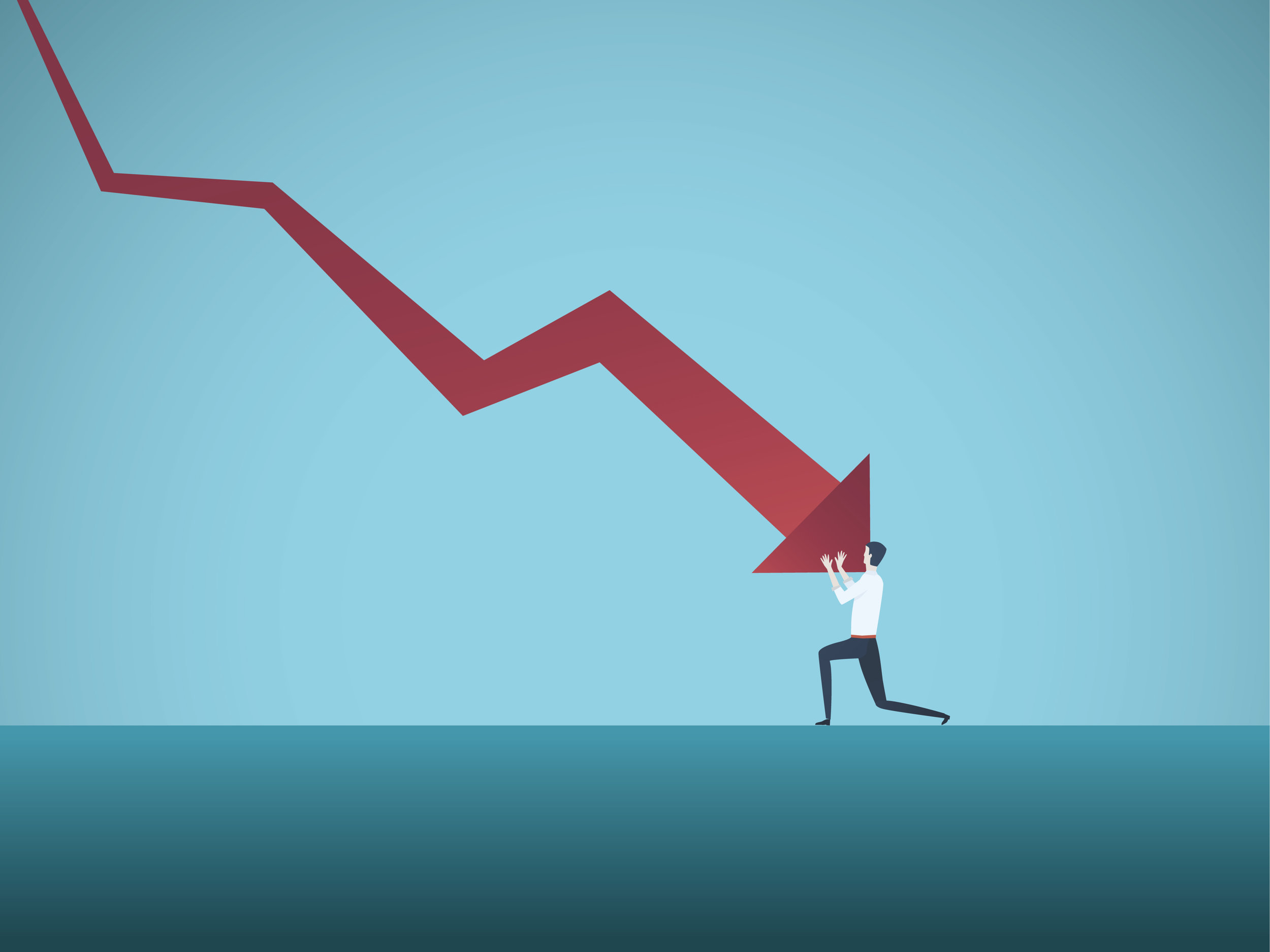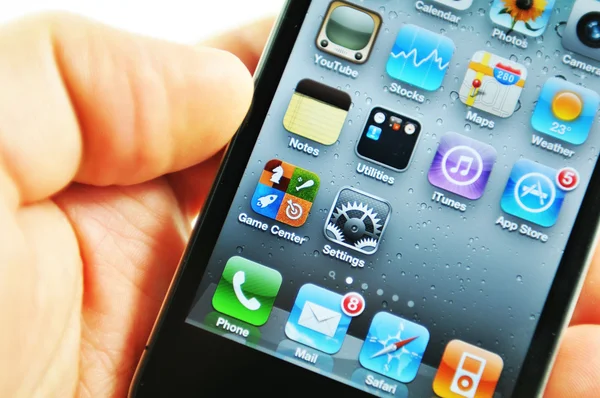Apple’s Tightrope: How Tariffs and Tensions Are Testing the Tech Giant’s Supply Chain

Although every iPhone proudly declares its design roots in California, its physical journey begins thousands of miles away—primarily in China, where the vast majority of Apple devices are assembled. Apple sells over 220 million iPhones annually, and roughly 90% of those are produced in China, where everything from screens to battery components is sourced and pieced together before being shipped to the United States, Apple’s largest market.
Recently, former President Donald Trump imposed steep tariffs on Chinese imports, with some reaching up to 245%. While smartphones and other electronics were temporarily exempted, Trump has warned that more tariffs are coming, this time targeting the entire electronics supply chain, including semiconductors. This sudden shift has placed Apple in a precarious position, transforming its global supply chain—a long-standing strength—into a looming liability.
Apple's presence in China dates back to the 1990s when it began selling computers through third-party vendors. By the early 2000s, as China opened its economy, Apple formed a key partnership with Foxconn to manufacture its growing line of products. Over time, Apple cultivated a network of skilled suppliers, helping local companies evolve into world-class manufacturers. For instance, Beijing Jingdiao, once a modest acrylic cutter, now produces high-speed tools for iPhone parts.
As Apple's success soared, so did its investment in China. It opened its first retail store in Beijing in 2008, and today, Foxconn’s massive "iPhone City" in Zhengzhou represents the heart of Apple’s production. The company now relies on over 150 Chinese-based suppliers, and CEO Tim Cook has publicly acknowledged that no other supply chain is as vital to Apple as China’s.
Still, the Trump administration sees things differently. With rhetoric aimed at encouraging American manufacturing, officials insist Apple must bring jobs home. Commerce Secretary Howard Lutnick claimed that iPhone production could shift to the U.S., while White House officials doubled down on the narrative that critical technologies shouldn’t depend on foreign powers. Yet experts like Eli Friedman argue that moving Apple’s production stateside remains unrealistic, describing it as “pure fantasy.”
Apple has been exploring other options, especially after China’s strict COVID lockdowns disrupted production. Vietnam and India have emerged as alternative assembly hubs, though China remains dominant. Even so, diversifying away from China is no simple task. Many of the countries Apple might turn to, such as Vietnam, face their own trade hurdles—including the threat of similarly high tariffs.
Meanwhile, China has struck back by imposing its own steep levies on American goods and introducing export controls on critical materials like rare earth elements. This tit-for-tat battle underscores the economic interdependence between the two superpowers and the risks Apple faces as it tries to balance its operational needs with escalating geopolitical pressures.
So, what’s next for Apple? The company finds itself navigating a global landscape where manufacturing decisions are increasingly political. While it continues to invest in new markets, its deep roots in China—and the growing trade tensions—mean any shift could come at great cost. In this battle of economic giants, Apple may just be the biggest piece on the board.
What's Your Reaction?
















:format(webp)/cdn.vox-cdn.com/uploads/chorus_image/image/70136881/1347078605.0.jpg)





